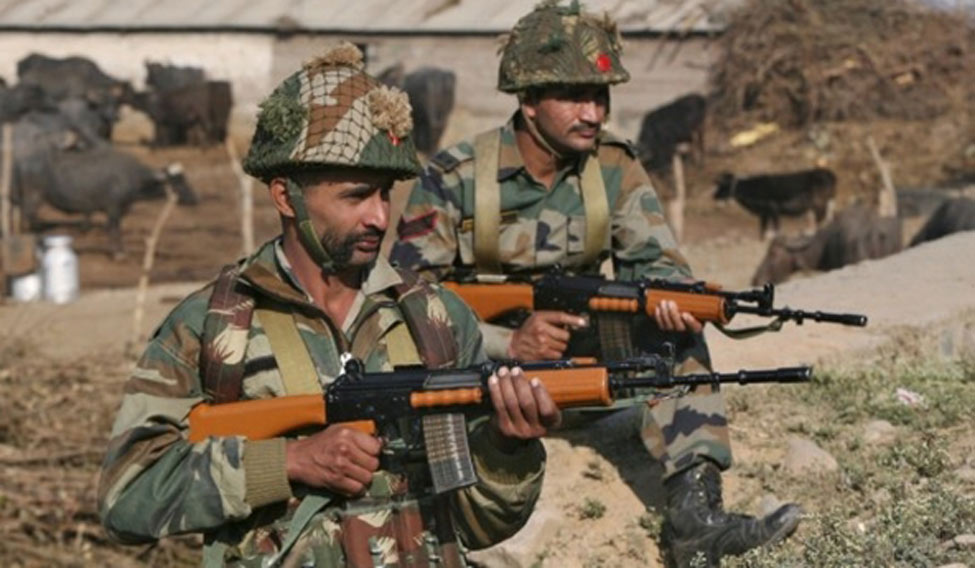The Army wants “state of the art” assault rifles that remain relevant for the next 25-30 years. It also wants that the rifle should be capable of providing the desired performance across all spectrum of employment in the Indian terrain and climatic conditions. Ironically, it has to look at foreign sources for this rifle to use back home. Why? Because so far, the Army is unhappy with the desi version, which it feels isn't yet ready to bite the bullet – the reasons for which are many.
Presently, the Army uses the indigenous INSAS rifle which it feels has outlived its utility.
It may be noted that the Army had been using 7.62 (7.62x51) mm calibre earlier. In the 1990s, it suddenly adopted the 5.56 mm, which was the NATO standard, saying that was more suitable, without realising that NATO had not used them in counter-insurgency. So the DRDO developed the 5.56 INSAS.
It took the Army nearly one and a half decades to realise its folly. Now it wants to go back to 7.62 mm
Incidentally, in an age when technology is driving the world, it's proving to be a tough task for the armed forces to find its ideal assault rifle that has to be sent to the Infantry school at Mhow for testing.
Official sources said that the 7.62 mm assault rifle, developed by the Rifle Factory at Ichapore, did not perform up to the mark during the demonstrative firing between June 13 and 14.
“Overall, the weapon prototype in its present form leaves much to be desired, is unsatisfactory and requires comprehensive design analysis,” said an official.
What insiders also agree is that the time from which the rifle is developed to its testing and even beyond, the requirements of the forces also keep growing and changing at every stage which makes it difficult for the weapon to perform when it comes to the testing table. The easy option is to get a foreign vendor – a challenge for Make in India and the armed forces for now.
What went wrong
1. Excessive number of faults and stoppages to the extent of more than 25 times the maximum permissible standards were observed in the prototype
2. Complete redesigning of magazine is required for effective feeding mechanism
3. One of the rifles suffered “barrel bulge” raising concern over the safety mechanism
4. Excessive flash and sound signature were observed as compared to desired levels
5. Compatible sighting system is essential for employment or even evaluation of the weapon for various parameters like effective range and accuracy
What the Army wants
1. Effective range: minimum 500 meters
2. Lethality – ranges up to minimum 500 meters in terms of wound profile, energy transferred and penetration
3. Accuracy – the rifle should be capable of achieving accuracy better than three minutes of angle up to a range of minimum 500 meters
4. Reliability – the rifle should be reliable in its operation as per international standards for reliability and withstand sustained fire
5. Weight – the rifle should be as lightweight as possible





